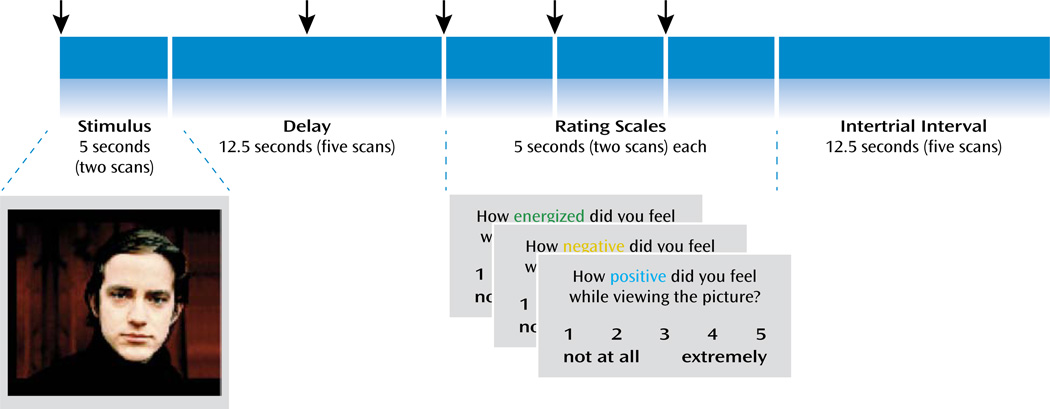FIGURE 1. Sequence of the Emotional Experience Task Administered to Patients With Schizophrenia and Healthy Comparison Subjectsa.
a The picture shown is an example of a neutral stimulus. Each picture was presented for 5 seconds, followed by a 12.5-second maintenance period, during which subjects viewed a fixation point. After the maintenance period, subjects were instructed to rate how “positive,” how “negative,” and how “energized” they felt during the previously viewed picture, on a 5-point scale. The three scales (“positive,” “negative,” “energized”) were present on the screen for 5 seconds each, and their order was counterbalanced relative to stimulus valence (pleasant, unpleasant, or neutral). Following the three rating scales, a fixation point was presented as an intertrial interval of 12.5 seconds. Thus, the delay between two consecutive pictures was 40 seconds. The long delay between the stimulus and ratings and the long intertrial interval allowed for a good estimate of the baseline activity without the need for separate fixation trials. On the graphical timeline at the top of the figure, the arrows mark the onset of the regressors used to model the events in the multiple regression analysis of the fMRI data (in order: stimulus, delay, first scale, second scale, third scale).

